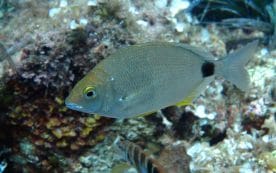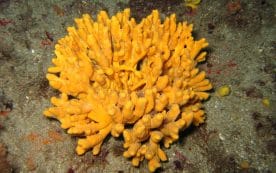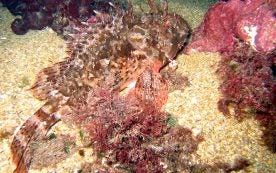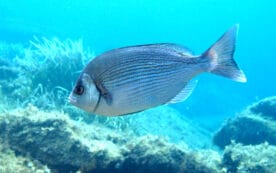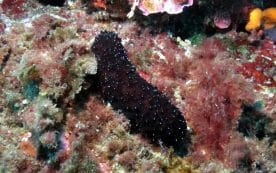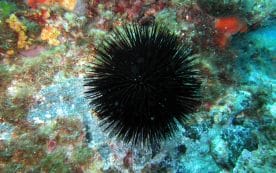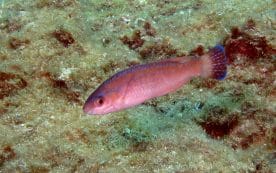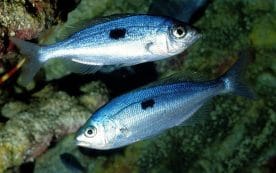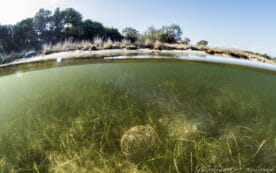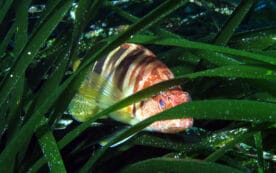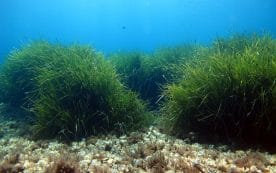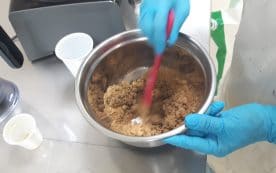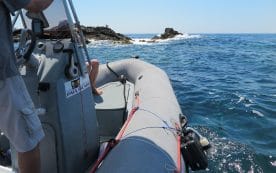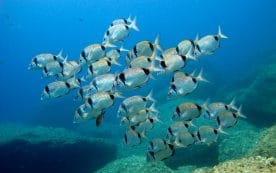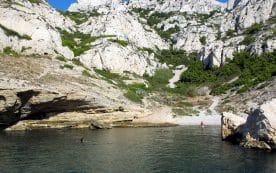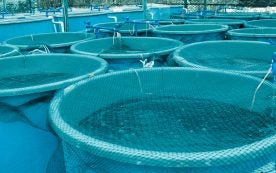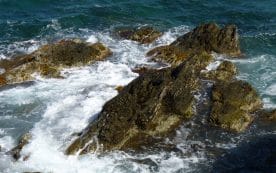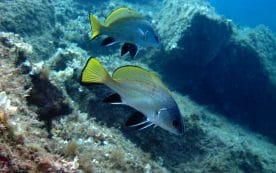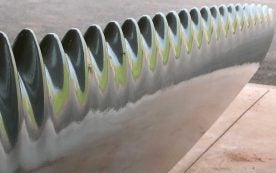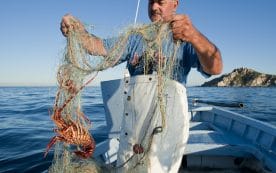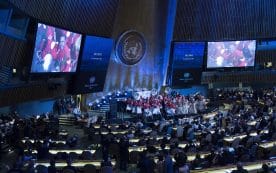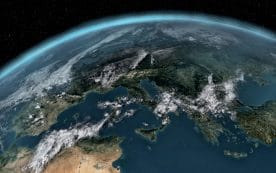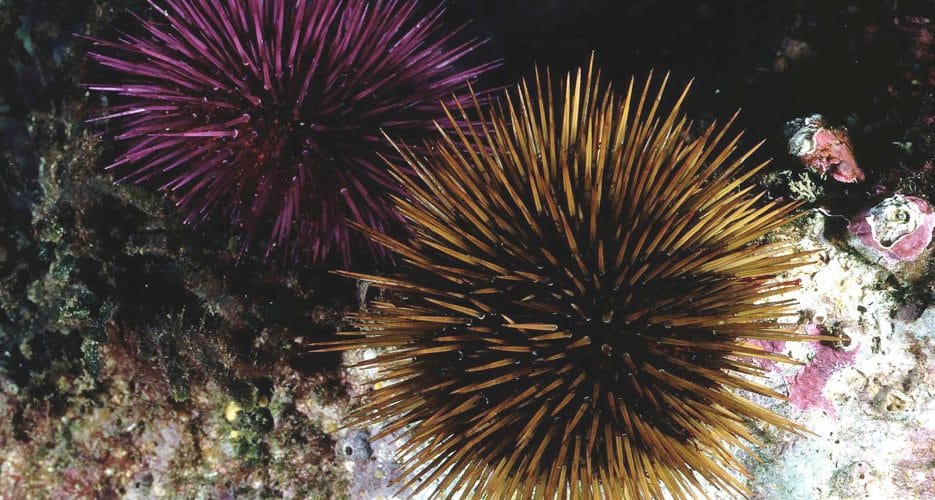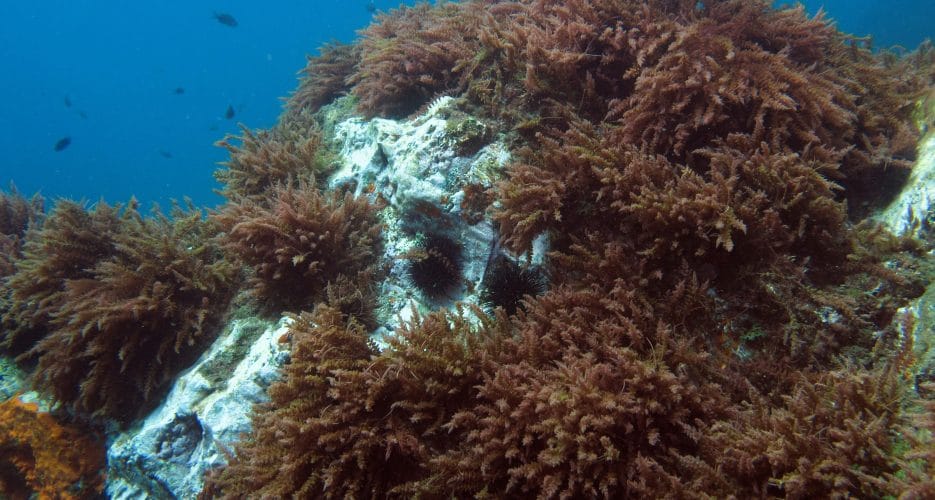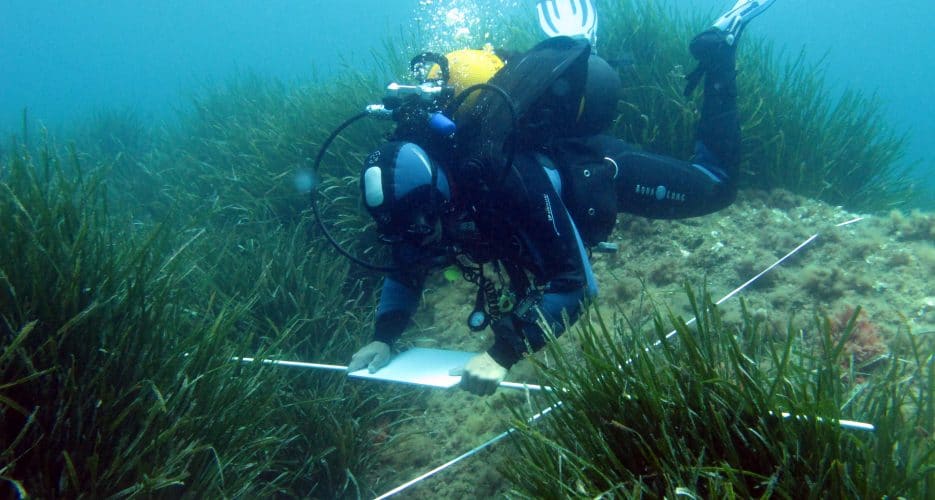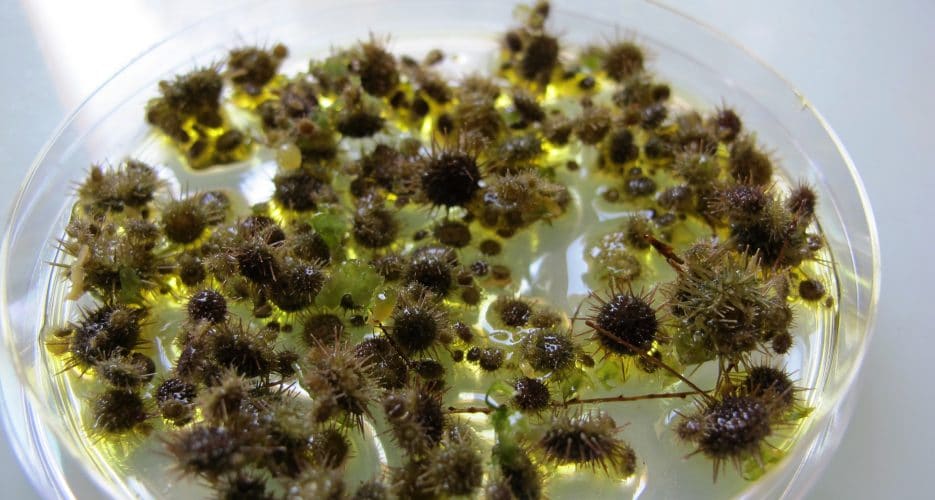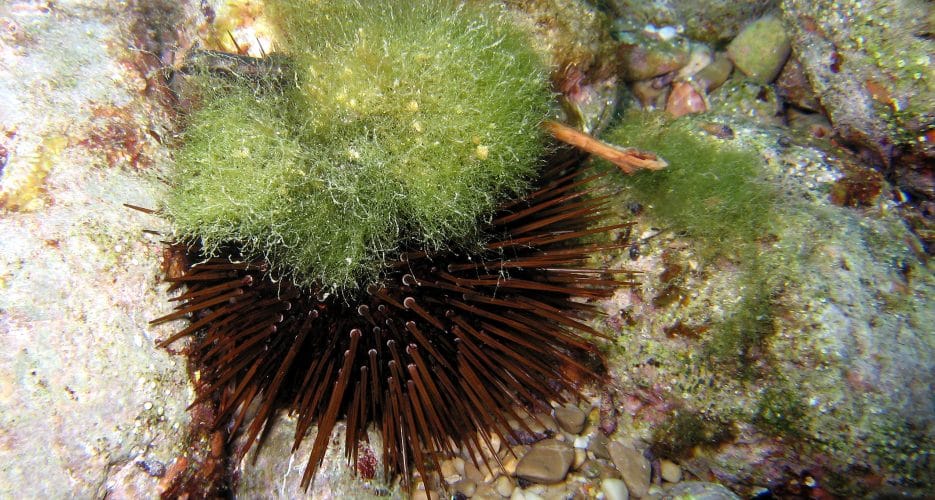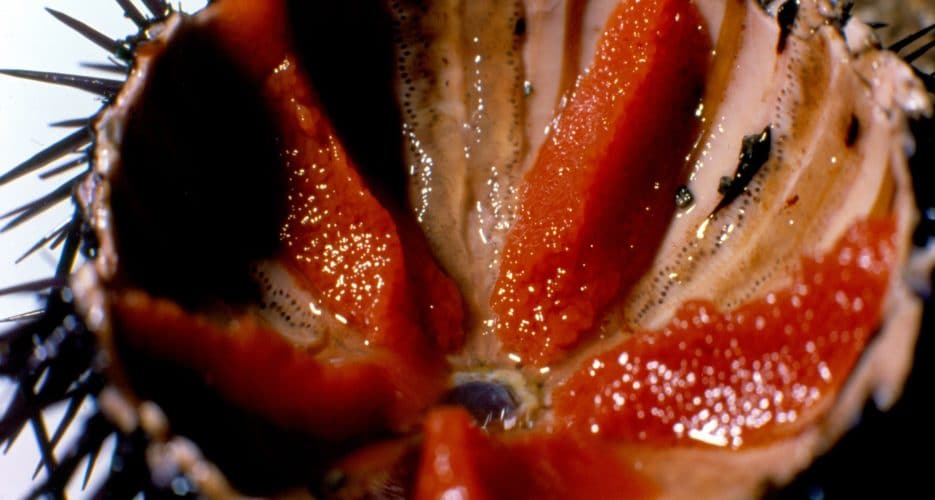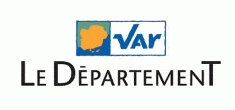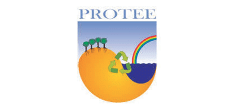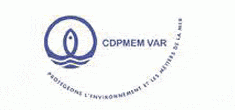Context
The purple or edible sea urchin, Paracentrotus lividus, is a gastronomic delicacy. Professional fishing of this “Mediterranean caviar” is regulated and is done either by free diving or SCUBA diving depending on the site. Certain professional fisherfolk say that the region’s adult populations are declining and that this is more noticeable in some sectors than in others.
Programme
For several years, the Institute has been running research programmes aimed at better protecting this resource from two angles: managing stocks in nature, and breeding them in captivity with a view to eventually farming them commercially.
One ongoing study under the second Toulon Bay contract (2013-2018) is currently monitoring populations and researching captive breeding. Experimental restocking was also carried out at the start of the program (see the thesis of Dr Sylvain Couvray).
Phase 1
The Institute’s research centre on Les Embiez has been experimenting with maturing sea urchins, identifying the best way to treat water, developing a protocol for breeding and feeding and a system for protecting the environment from any waste generated. The goal of this series of experiments is to provide technical specifications for setting up a Paracentrotus lividus farm.
Phase 2
Maritime professionals asked the Paul Ricard Oceanographic Institute to study the demographic and genetic status of local populations of Paracentrotus lividus, with a view to managing them better. Field studies to take stock of the resource involve counting individuals at specific sites in the region and monitoring changes over time and geographically. These results will be compared with changes observed in populations in neighbouring regions, particularly the Côte Bleue. The large volume of data collected will be analysed and a report will be published in the final year of the bay contract (2018).
Last updated on : 23 December 2019
Bachet F., Bravo-Monin M., Charbonnel E., Bretton O., Cadville B., Nouard B., Octobre 2017 – Suivi de l’évolution des populations d’oursins comestibles (Paracentrotus lividus) sur la Côte Bleue – Résultats des comptages d’octobre 2017. Rapport Parc Marin de la Côte Bleue et Comité Régional des pêches Maritimes CRPMEM PACA, Fr. : 1-20.
Addis P., Secci M., Manunza A., Corrias S., Niffoi A., Cau A., 2009 – A geostatistical approach for the stock assessment of the edible sea urchin, Paracentrotus lividus, in four coastal zones of Southern and West Sardinia (SW Italy, Mediterranean Sea). Fisheries Research 100: 215-221.
Quief C., 2007 – Données préliminaires sur les stocks de Paracentrotus lividus (Lamarck) et leur exploitation sur la côte des Albères (Pyrénées Orientales, France). Rapport de Master Université de Perpignan – Réserve marine de Banyuls: 38 pp.
Hereu B., Linares C., Diaz D., Dantart L., Garrbou J., Sala E., Ballesteros E., Harmelin J.-G., Zabala M., 2005 – Indicateurs de biodiversité en milieu marin: les échinodermes. Fluctuations temporelles des peuplements d’Echinodermes à Port-Cros 1982-2003. Université de Barcelone : 29 pp.
Anderson, M.J. 2005. – PERMANOVA: a FORTRAN computer program for permutational multivariate analysis of variance. Department of Statistics, University of Auckland, New Zealand.
Andrew, N.L., Agatsuma, Y., Ballesteros, E., Bazhin, A.H., Creaser, E.P., Barnes, D.K.A., Botsford, L.W., Bradbury, A., Campbell, A., Dixon, J.D., Einarsson, S., Gerring, P.K., Hebert, K., Hunter, M., Hur, S.B., Johnson, C.R., Juinio-Menez, M.A., Kalvass, P., Miller, R.J., Moreno, C.A., Palliero, J.S., Rivas, D., Robinson, S.M.L., Schroeter, S.C., Steneck, R.S., Vadas, R.L., Woodby, D.A., Xiaoqi, Z., 2002 – Statut and management of world sea urchin fisheries. Oceanogr. Mar. Biol. 40, 343–425.
Lecchini D., Lenfant P., Planes S., 2002 – Variation in abondance and population dynamics of the sea urchins Paracentrotus lividuson the Catalan Coast (North-Western Mediterranean Sea) in relation to habitat and marine reserve. Vie et Milieu, vol.52, (2-3): 111-118.
Grosjean P., 2001 – Growth model of the reared sea urchin Paracentrotus lividus (Lamarck, 1816). Thesis submitted in fulfillment of the degree of Doctor in Agronomic Sciences and Biological Engineering, Université libre de Bruxelles, faculté des sciences, laboratoire de biologie marine: 272 pp.
Yokota Y., 2000 – Fishery and consumption of the sea urchin in Japan. In: The Sea Urchin: From Basic Biology to Aquaculture. Yokota, Matranga & Smolenicka (eds), A.A. Balkema publication, Lisse, pp: 129-138.

